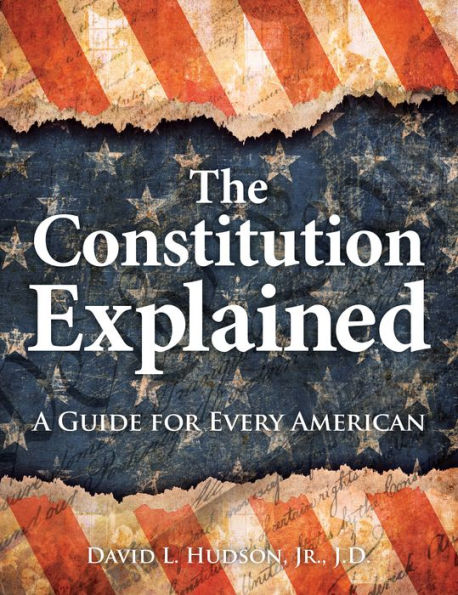Read an Excerpt
The First Amendment
“Congress shall make no law respecting an establishment of religion, or prohibiting the free exercise thereof, or abridging the freedom of speech, or of the press, or the right of the people peaceable to assemble and to petition the government for a redress of grievances.”
The First Amendment consists of the first 45 words of the Bill of Rights and consists of five freedoms: (1) religion, (2) speech, (3) press, (4) assembly and (5) petition. Additionally, the U.S. Supreme Court also ruled in NAACP v. Alabama (1958) that the First Amendment protects the related freedom of association.
The First Amendment serves as our blueprint for personal freedom. It ensures that we live in an open society. The First Amendment contains five freedoms: religion, speech, press, assembly and petition. Without the First Amendment, religious minorities could be persecuted, or the government could establish a single, national religion. The press could not criticize government and citizens could not mobilize for social change. This would mean we would lose our individual freedom.
Freedom of Religion
The first two clauses of the First Amendment — “respecting an establishment of religion or prohibiting the free exercise thereof” — are the religion clauses. The first is the Establishment Clause. The second is the Free Exercise Clause. Together, these clauses require that the government act in a neutral manner when it comes to religion.
The Establishment Clause provides that church and state remain separate to a certain degree. In a letter to the Danbury Baptists in 1802, President Thomas Jefferson used the phrase a “wall of separation between church and state.” The U.S. Supreme Court later used Jefferson’s “wall of separation” metaphor to describe the meaning of the Establishment Clause and rule that state-mandated prayer in public schools violated the Establishment Clause.
The concern over separation between church of state was significant to several of the Framers, notably James Madison and Thomas Jefferson. They and some others desired to place some distance between church and state to prevent American political leaders from acting like English monarchs who were intolerant of other religious views.
King Henry VIII of England was a prime example of what can happen when there is not a sufficient barrier between church and state. King Henry broke away from the Catholic Church in 1531 after the Pope refused to support his divorce from Catherine of Aragon. Henry established the Protestant Church of England. In 1534, the English Parliament passed the Act of Supremacy establishing Henry as the head of the Church of England. This was a disaster for religious freedom.
Later, Parliament passed the Treason Act, which effectively silenced anyone who spoke out against the King. The act was used to silence religious dissenters. Religious intolerance seemed to the standard in much of Europe, including England. Many people fled England to settle in America and the New World because of religious persecution. Religious dissenters in England were ostracized, punished and imprisoned.
Modern Establishment Clause jurisprudence began with the 1947 case Everson v. Board of Education (1947). It involved a New Jersey man Arch Everson challenged a policy that provided bus transportation for students attending both public and private, including parochial, schools. Everson believed that the state should not be providing any funding or reimbursements to families whose kids attended religious schools. To Everson, this amounted to the state supporting or establishing religion.
The Supreme Court ruled 5-4 in favor of the policy, noting that it applied to all schools, not just religious schools. But, even in his majority opinion, Justice Hugo Black took a broad view of what the Establishment Clause did. “The First Amendment has erected a wall between church and state,” Black wrote. “That wall must be kept high and impregnable. We could not approve the slightest breach. New Jersey has not breached it here.”



